
In this article, we will delve into the causes of short circuits within commercial and office buildings and explore effective measures to prevent them. MTA is here to empower businesses with the knowledge to safeguard their success.

In this blog, we will delve into transformers, understanding their fundamental principles, various types, components, and the essential safety measures one must follow when dealing with these electrical marvels.

Electrical wire color codes serve a critical purpose in electrical systems. In this comprehensive article, we will embark on a journey into the history and significance of electrical wire color codes.
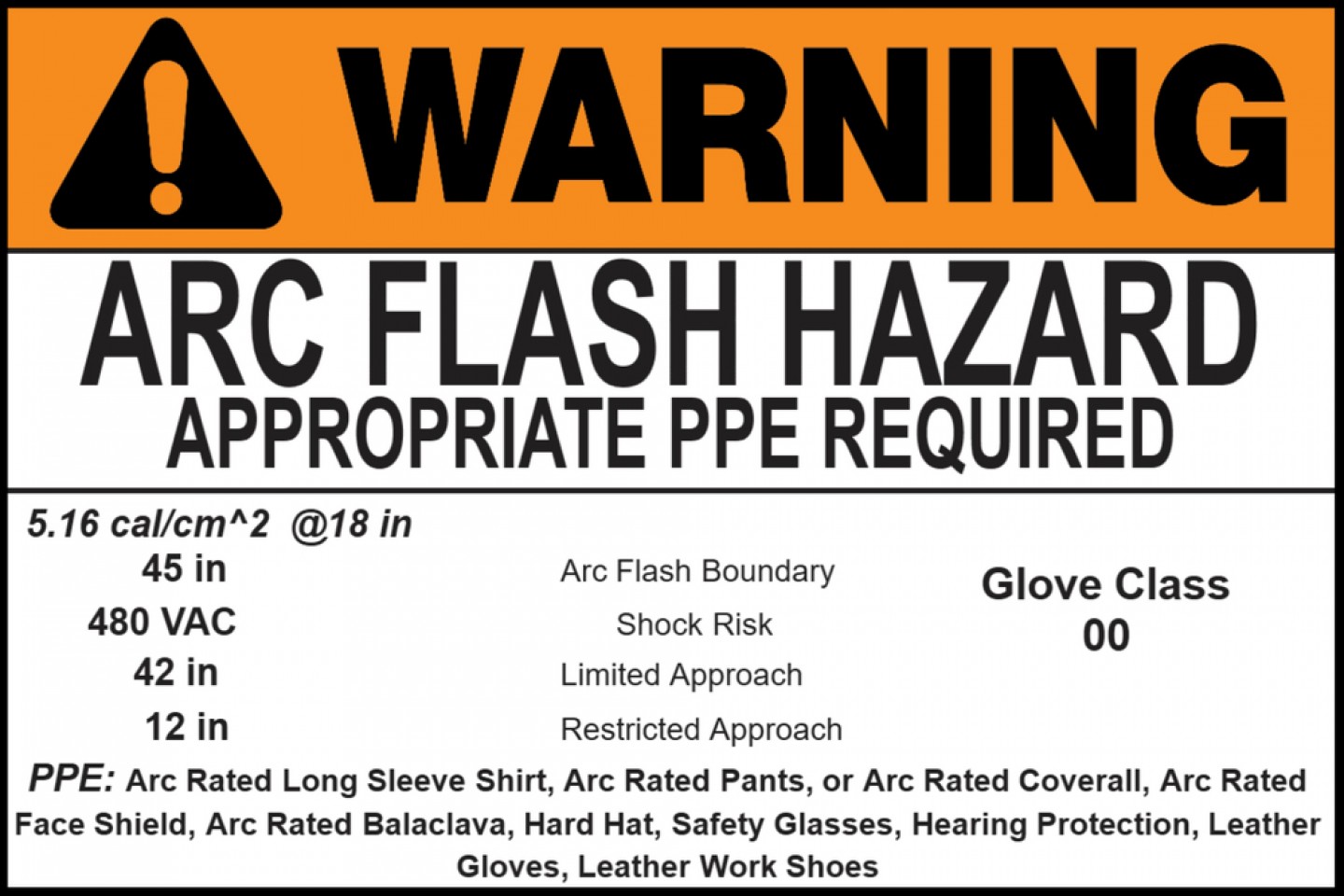
Arc flash incidents can be catastrophic, posing severe risks to both employees and equipment. To mitigate these dangers, regulations require employers to implement safety measures, including the use of arc flash labels.
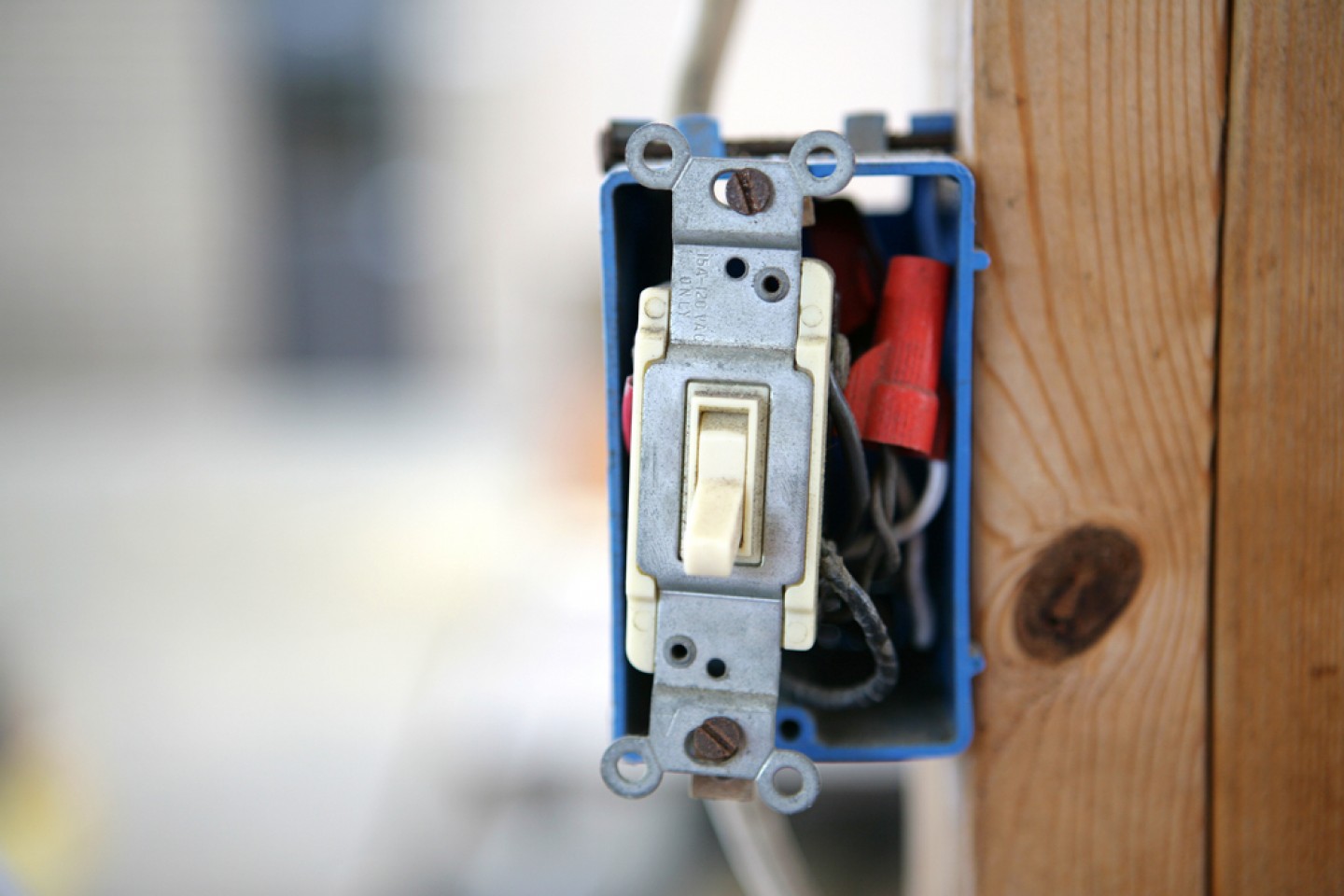
An electrical switch is a fundamental component in any electrical circuit, a switch is an electrical device which is used to break or make the electric circuit. Understanding the different types of electrical switches is essential for creating safe and efficient electrical systems.

A circuit is a closed loop through which electric current can flow. Understanding the different types of circuits is essential for anyone working with electrical systems, especially in a commercial building setting.
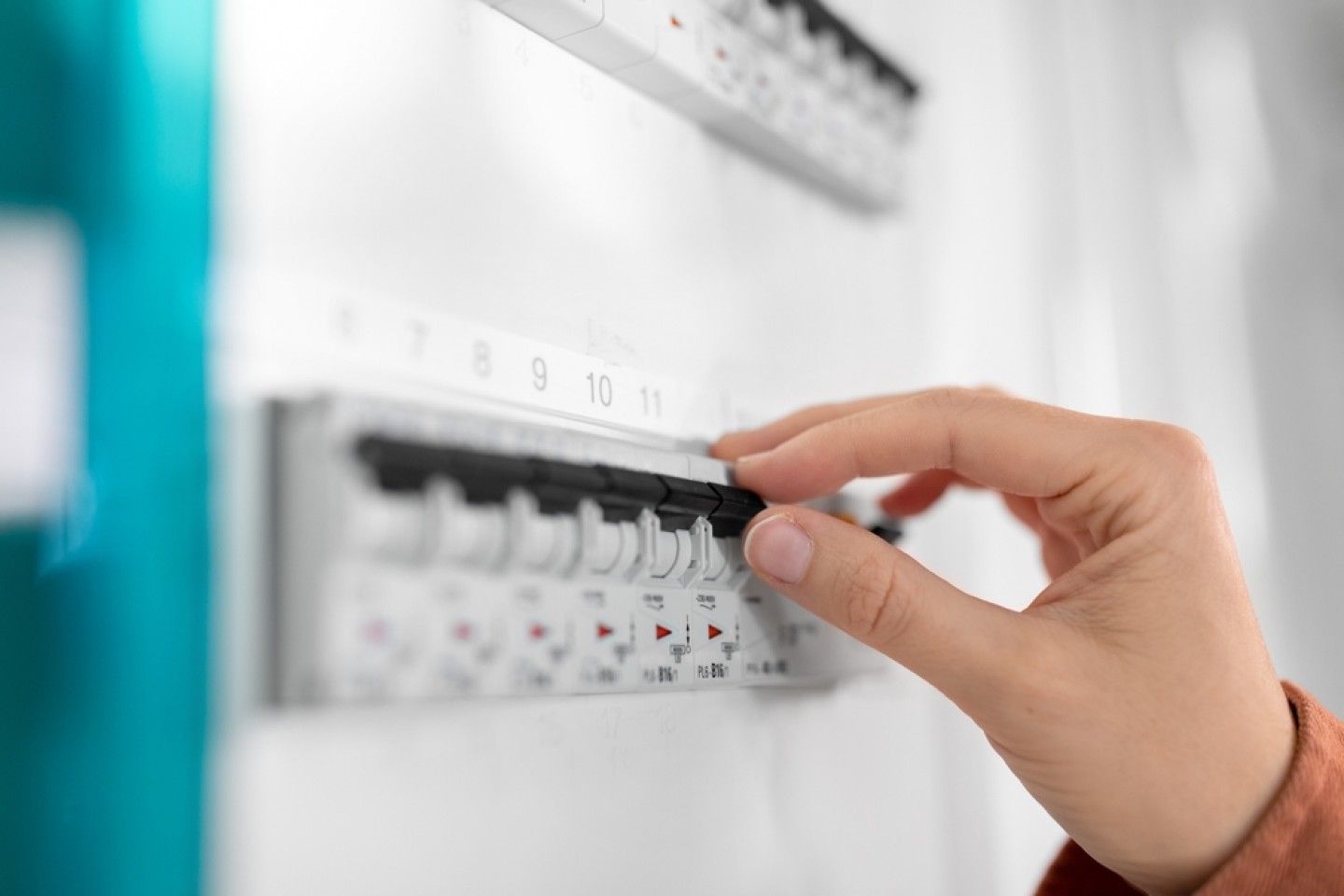
Understanding the different types of fuses available and their specific applications is crucial for ensuring the safety and reliability of electrical installations. In this article, we will delve into the world of electrical fuses, exploring their purpose, functionality, and the most commonly used fuse types.

When it comes to electrical systems, volts and amps are two terms that are often used interchangeably. However, they are two distinct concepts that are important to understand in order to ensure safe and efficient operation of electrical equipment. let's get started with some simple definitions of each.
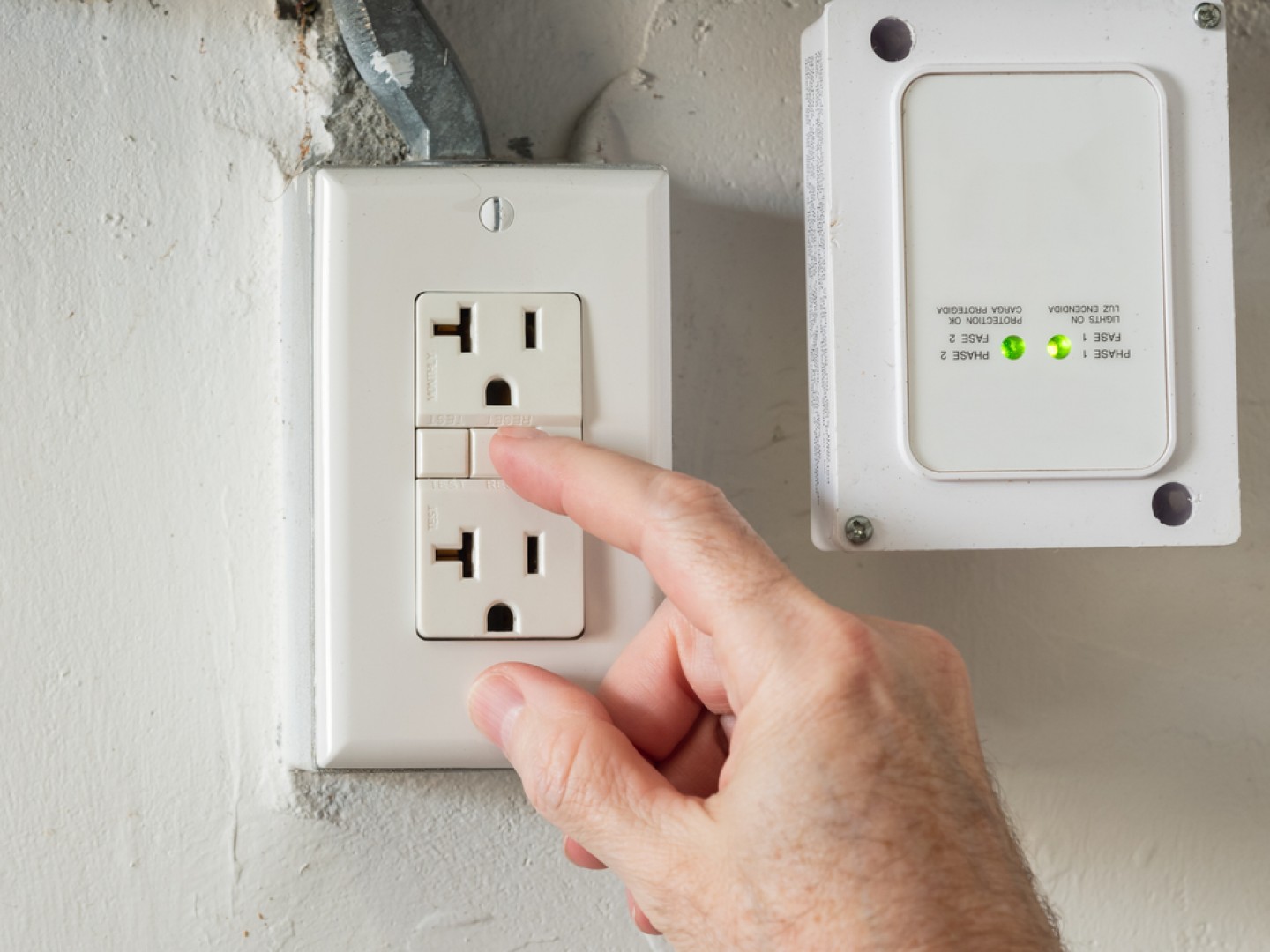
A GFCI stands for Ground Fault Circuit Interrupter. GFCIs can also be referred to as GFIs, or Ground Fault Interrupters. A GFCI is a type of electrical outlet that is designed to protect people from electric shock. Learn more.
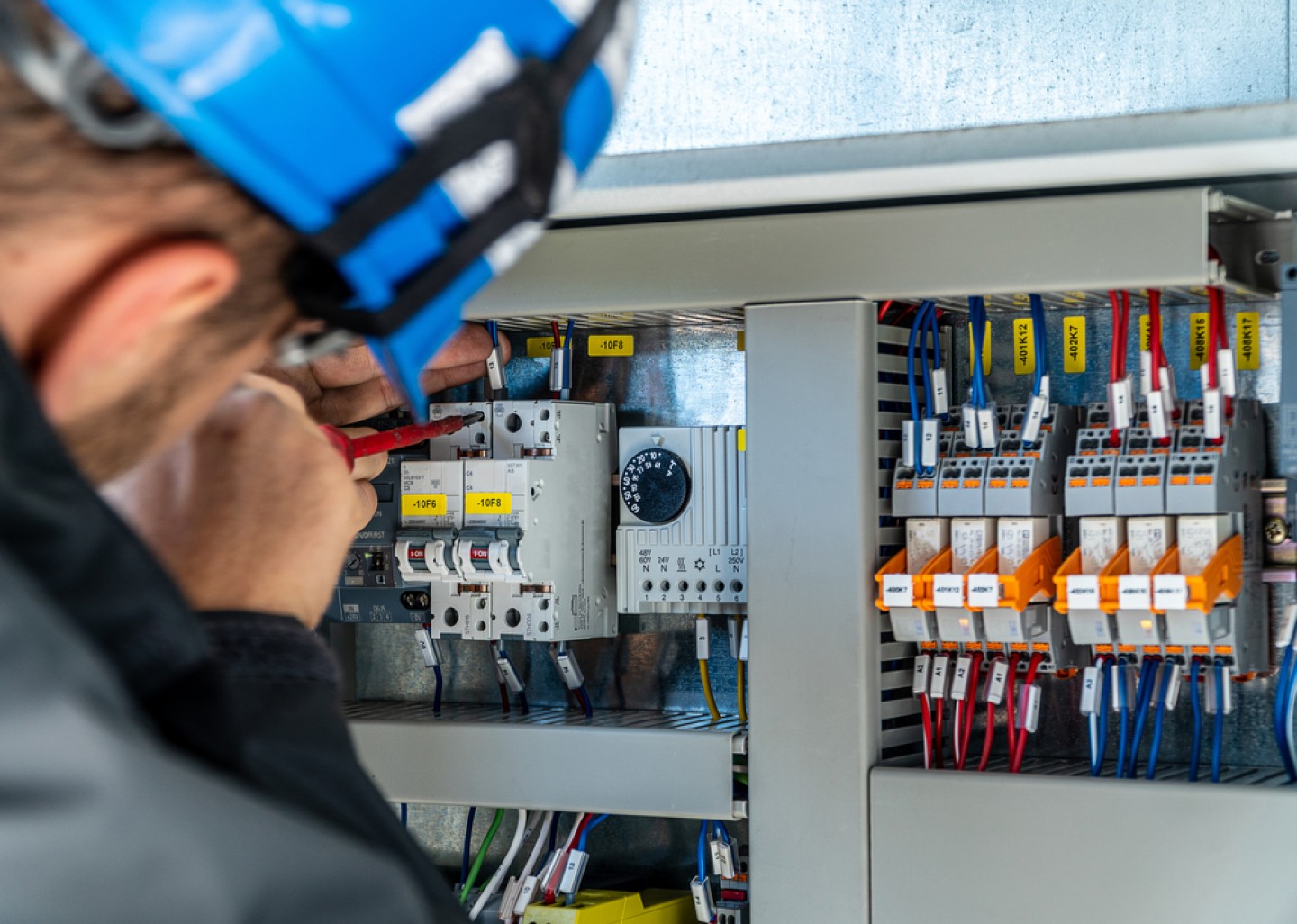
There is a vast array of engineers to handle all different types of buildings and structures, but here at MTA our staff of experts in electrical engineering are specifically educated and experienced in the electrical systems of commercial and industrial buildings.
